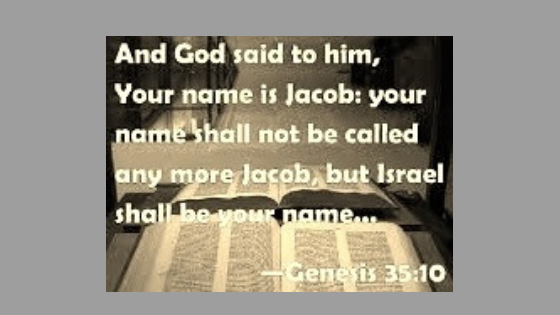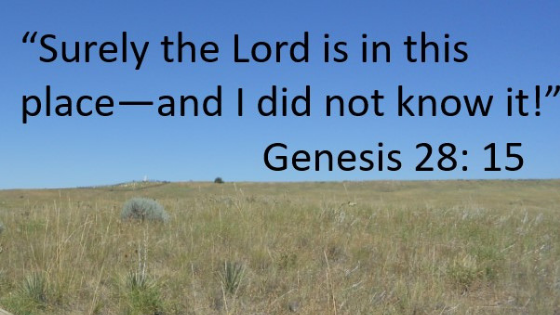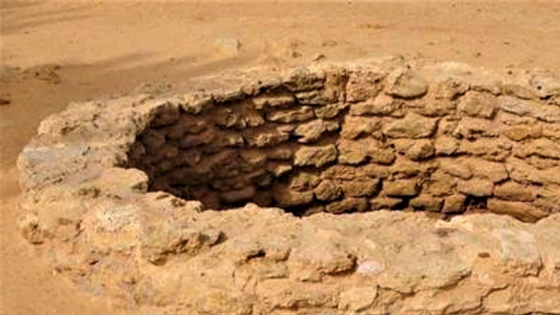
Shabbat Table Talk
Parashat Vayeishev 8th December 2017
Week of December 3-9 December, 2017
Torah portion: Genesis 37:1 – 40:23 Haftarah: Amos 2:6–3:8
It is interesting to note that the parashah is entitled Va-yeishev “And Jacob settled,” (Gen 37:1). In fact, it recounts a string of unsettling stories of relationships: brothers against a parent and brother (Gen 37:1-36), in-laws at odds with each other (38:1-30), masters manipulating their servants (Gen 39:1-23). The similarities are unnerving: characters dismiss, take advantage of, deceive or even contemplate murdering those related to them, be it their brother, their father, a relative, or servant.
It is unsettling to read that the sons of Jacob, out of anger and jealousy, contemplate on killing their brother Joseph. It is still problematic that even after Reuben diverted their decision from murder into throwing him into a pit, they sold their brother for twenty pieces of silver and even lied through their teeth to their father to cover up their misdeed. It seems now that the value of their brother is amounting to no less than the price of a slave, a thing, a person meant to be treated as mere property.
Joseph’s story is interrupted by another problematic relationship, that of Judah and Tamar. It is curious that Judah never recognized Tamar when he met her at Enaim and mistook her for a prostitute (Gen. 38:14-15). Brenner, in Torah Women’s Commentary, observes: “Ironically, Judah sees Tamar only when she was covered…that Judah does not recognize Tamar despite the veil – or at least by her voice when they negotiate- is a measure of his eager state. It may also signal a lack of familiarity with his daughter-in-law” [Brenner]. In Haftarah Women’s Commentary, Rabbi Person asks, “was she invisible to him as a person and now visible as a mere sex object, having never known her?” [Person].
Amos, in the haftarah, cries out against the sins of Israel who “sell the just man for silver and poor for a pair of sandals” (Amos 2:6); while “father and son go to the same girl” (Amos 2:7) indicating the corrupt and immoral practices committed by Israelites. “These similarities suggest that Amos not only rebuked his contemporaries for their immoral practices but also alluded to the grave sin of their ancestors in patriarchal times” [Etz Hayim]. It seems that it was easy for these characters to dismiss or abuse others. Why so?
It is easy to objectify somebody only when their value becomes mere instrumental. It is similar to a coin or currency we use. We assign values to them, sometimes more but oftentimes lesser than the true value of the coin or currency. We take for granted the real value of the minerals/materials used in minting them, thus they become valuable for us only because of the value we assign to them, valuable because we use them. Analogically, we do the same with people. Sometimes we fail to see the inherent value of people apart from their value-for-us, thus, they only become valuable, become persons, when they are useful for us. People now become objects. Not people whom we must respect, love for who they are; not people whose persons must be encountered with. In Buber’s construal, the Thou has become an It. In our world today, women still suffer from objectification; workers are seen as mere objects of production at the workplace, the poor, dismissed as things that get in the way of progress, and migrants scorned as burden. Amos’s indictment against Israel may as well be read as an accusation to our present situation where objectification of people has become ordinary.
Reflection and Discussion: 1. How have I been treating people? Do I see them as persons? 2. How do we, as a society, treat the other? 3 What gets in the way of my seeing other people’s inherent value?
Bibliography: Plaut (ed.), The Torah, Modern Commentary (UAHC New York 1981); Eskenazi (ed.), The Torah, A Women’s Commentary (URJ Press and WRJ New York, 2008); Goldstein (ed.), The Women’s Haftarah Commentary (Jewish Lights Publishing, 2008); Etz Hayim: Torah and Commentary (The Rabbinical Assembly New York, 2001).
This week’s teaching commentary was prepared by
John Paul A. Bolano, PhD student, Ateneo de Manila University, Philippines, Bat Kol 2017
E-mail: jbolano@ateneo.edu
[Copyright © 2017]
………………………………………………………………
PLEASE NOTE: The weekly Parashah commentaries represent the research and creative thought of their authors, and are meant to stimulate deeper thinking about the meaning of the Scriptures. While they draw upon the study methods and sources employed by the Bat Kol Institute, the views and conclusions expressed in these commentaries are solely those of their authors, and do not necessarily represent the views of Bat Kol. The commentaries, along with all materials published on the Bat Kol website, are copyrighted by the writers, and are made available for personal and group study, and local church purposes. Permission needed for other purposes. Questions, comments and feedback are always welcome.
………………………………………………………………
Bat Kol Institute for Jewish Studies, Jerusalem 1983-2017
“Christians studying the Bible within its Jewish milieu, using Jewish Sources.”
Website: www.batkol.info; Parashah Admin: gill@batkol.info



